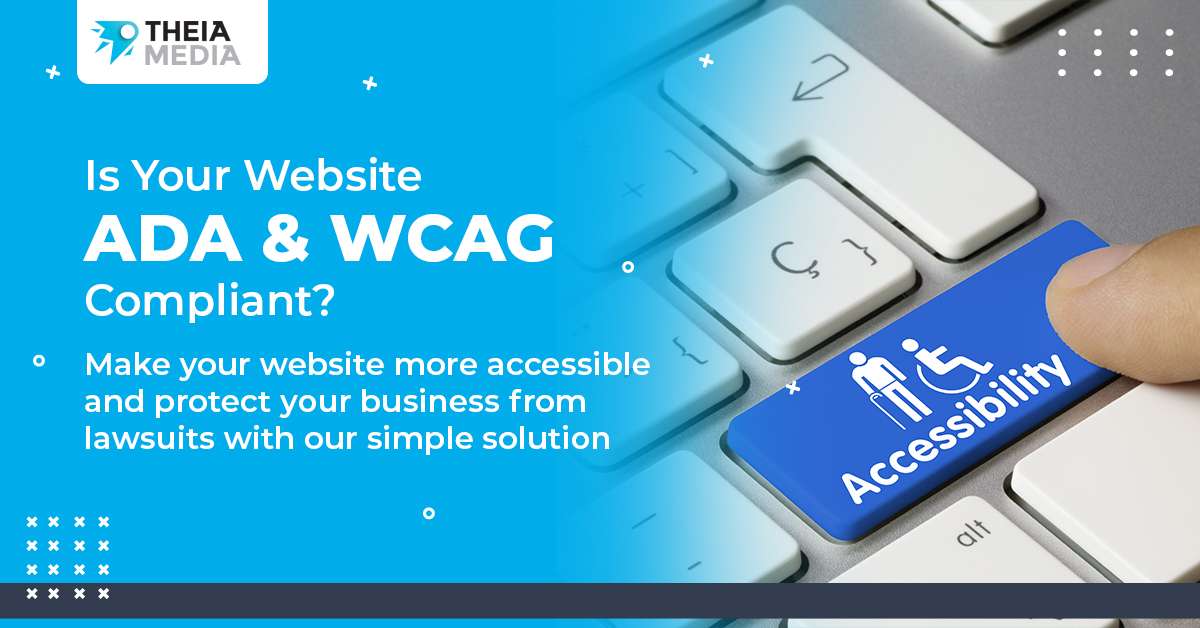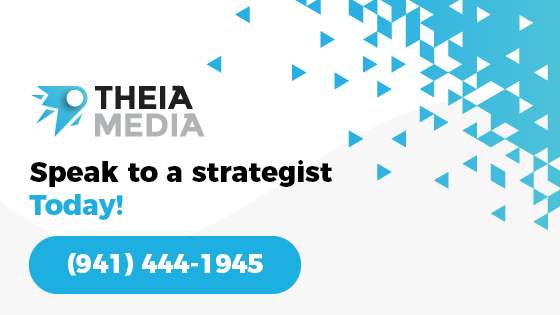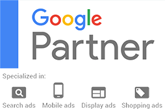Screen-reader optimization for blind users
Blind users use screen readers to read out loud what is on the screen but most websites lack alternative text for images, and ARIA attributes for context and behavior-related adjustments that screen-readers rely on.
Keyboard-navigation optimization for the motor impaired
When it comes to websites, physical and motor impairments are defined by the inability to use a mouse. Luckily, a keyboard can do everything a mouse can do and more.
Unfortunately, most websites are not optimized for keyboard navigation, leaving people with motor impairments excluded from certain website elements.
Comprehension adjustments for people with cognitive disorders
People with cognitive impairments have certain limitations in mental functionalities that can affect the way in which website content is perceived and understood. For example, slang and abbreviations can be very confusing for people with cognitive disabilities.
Without the proper context or orientation adjustments, the context may be misunderstood and lead to incorrect actions.
Stopping flashing animations to prevent epileptic seizures
The Internet is filled with blinking and flashing animations and GIFs that are dangerous for people with photo-sensitive epilepsy. Many of these users will avoid pages and content for fear of triggering a seizure.
UI and design adjustments for the vision impaired
Websites come in many shades, colors, and sizes. For people with visual impairments, the wrong color combination or font size/shape can make it hard for them to see your website’s content. Common visual impairments include blurred vision, color blindness, and glaucoma.
Closed captions for the hearing impaired
Website owners and marketers often prefer to deliver visuals in the form of video. While this is a great form of engagement, hearing-impaired users aren't able to understand what the video is about unless it incorporates closed captions.
Contact Us Today
👉 Ready to make your website accessible to everyone? Contact Theia Media Agency today to schedule your consultation and ensure ADA and WCAG compliance.









